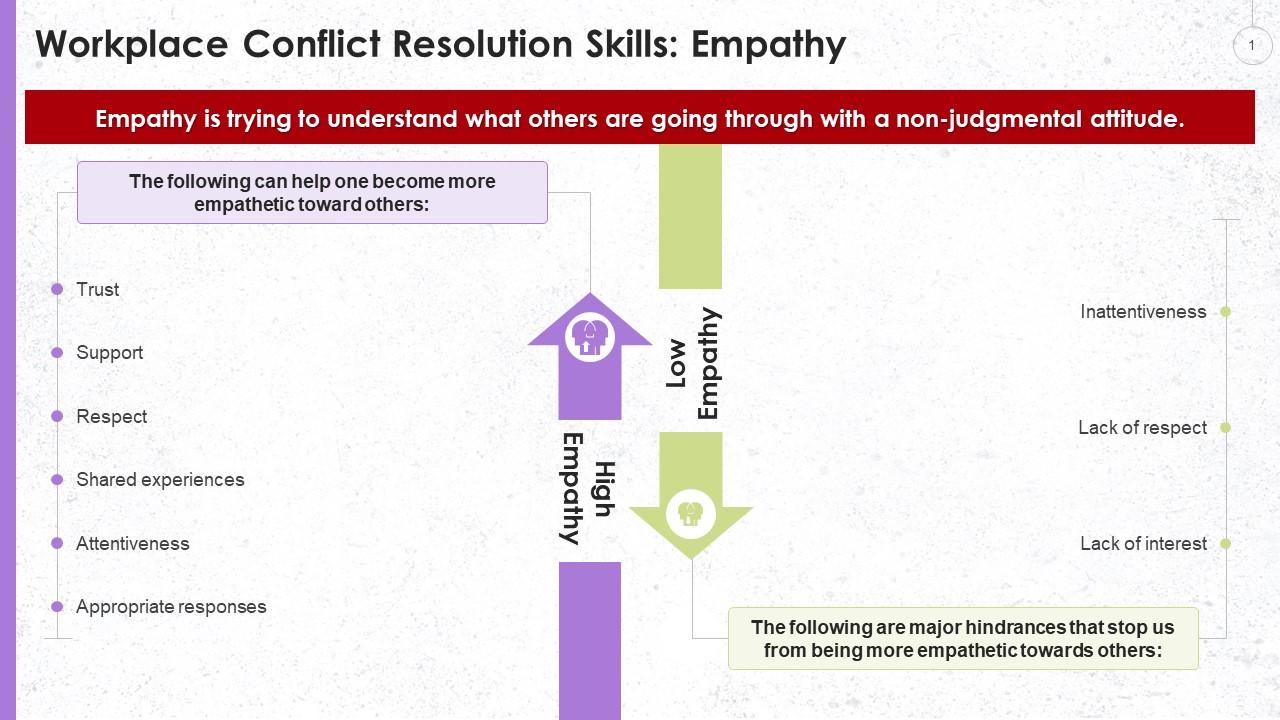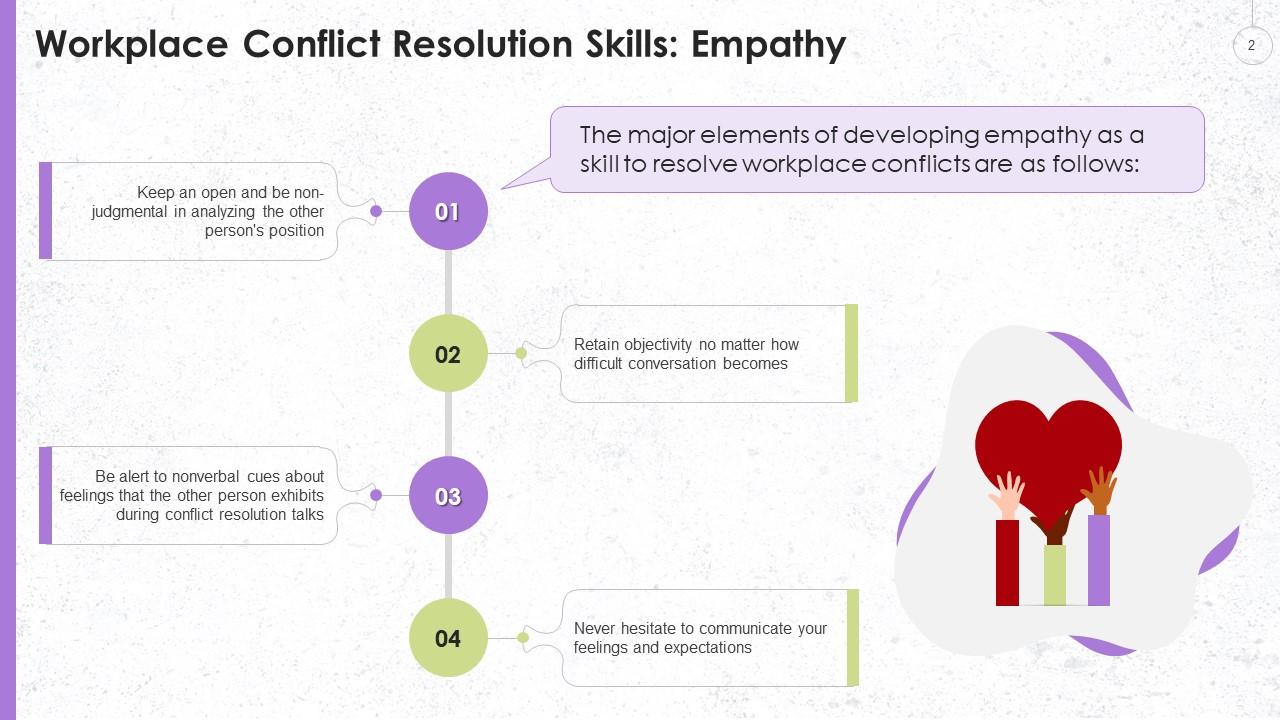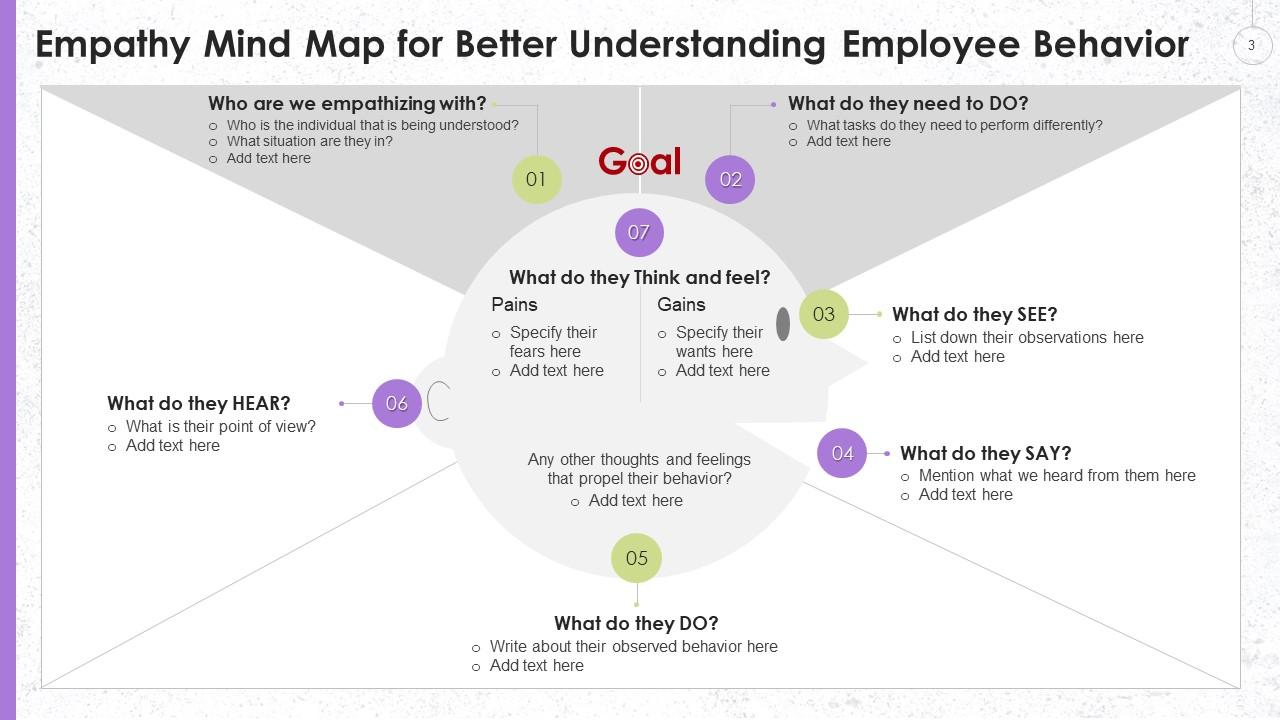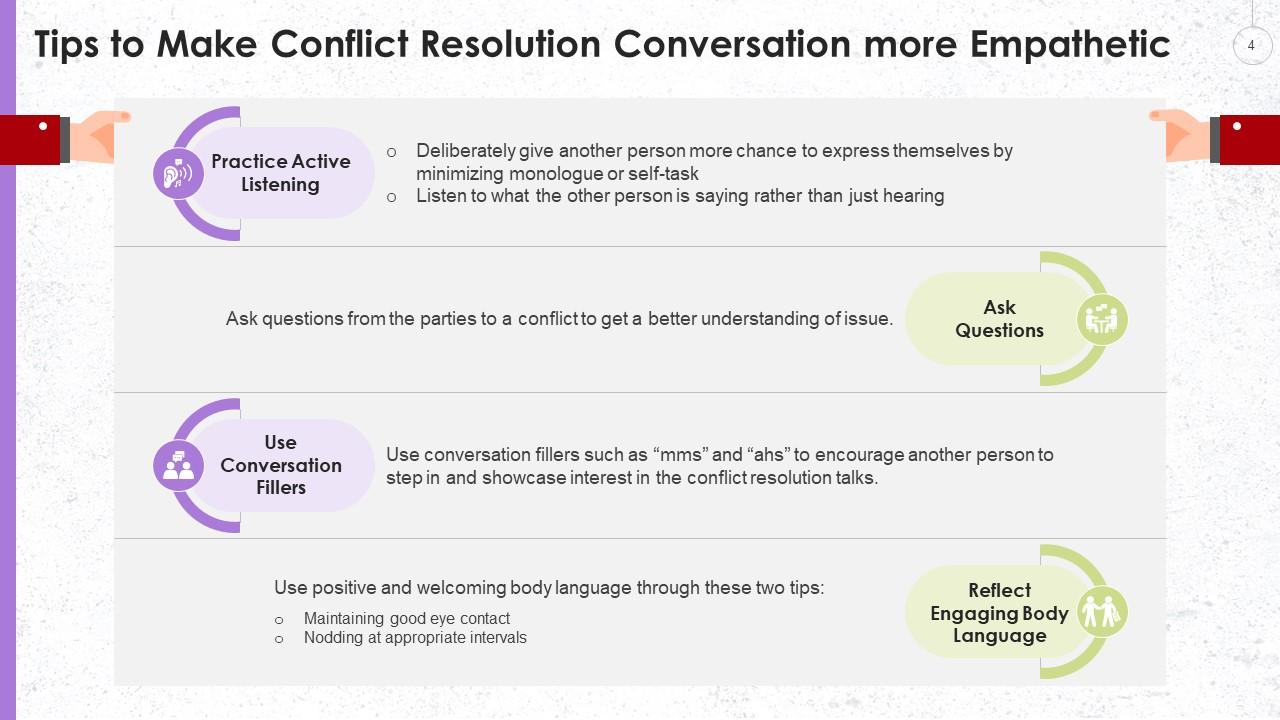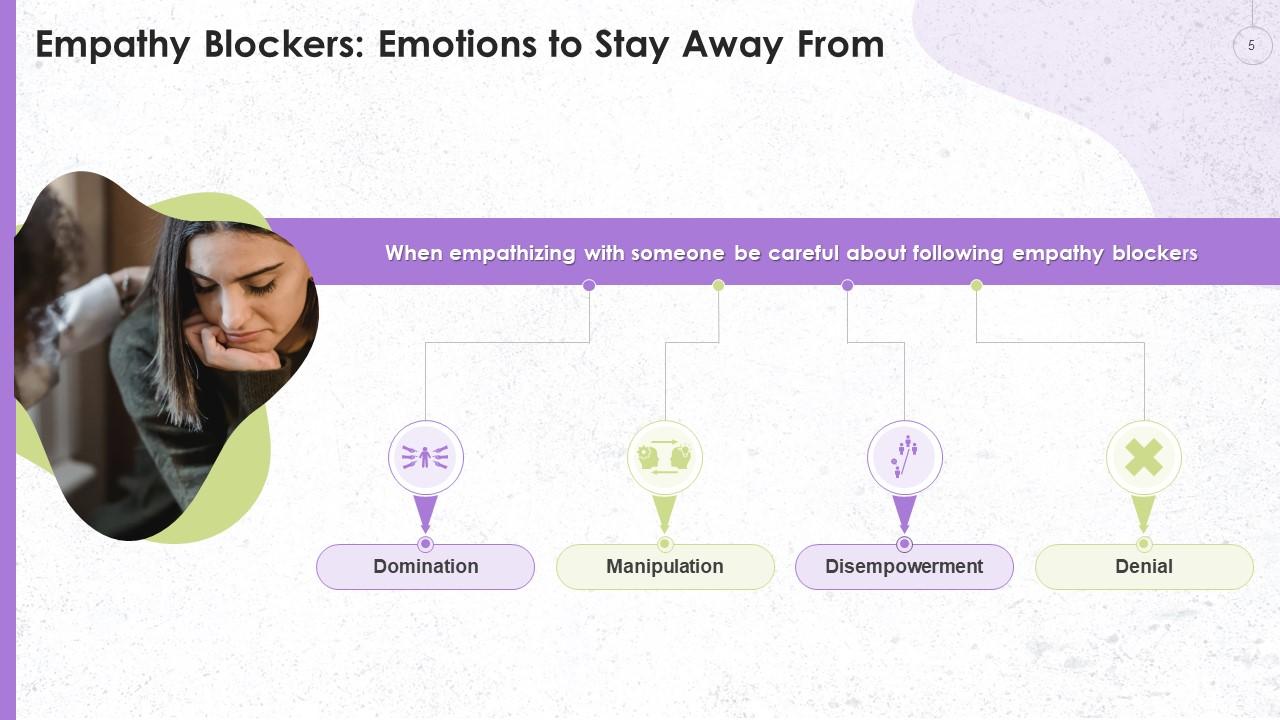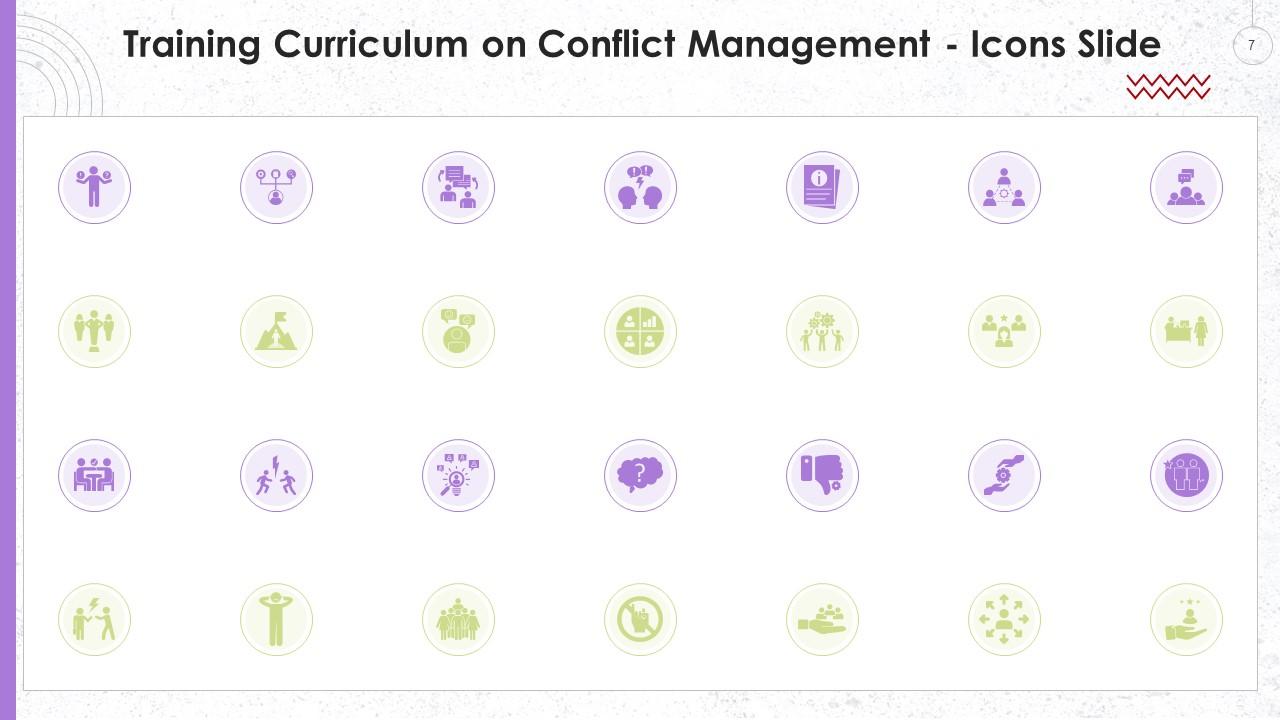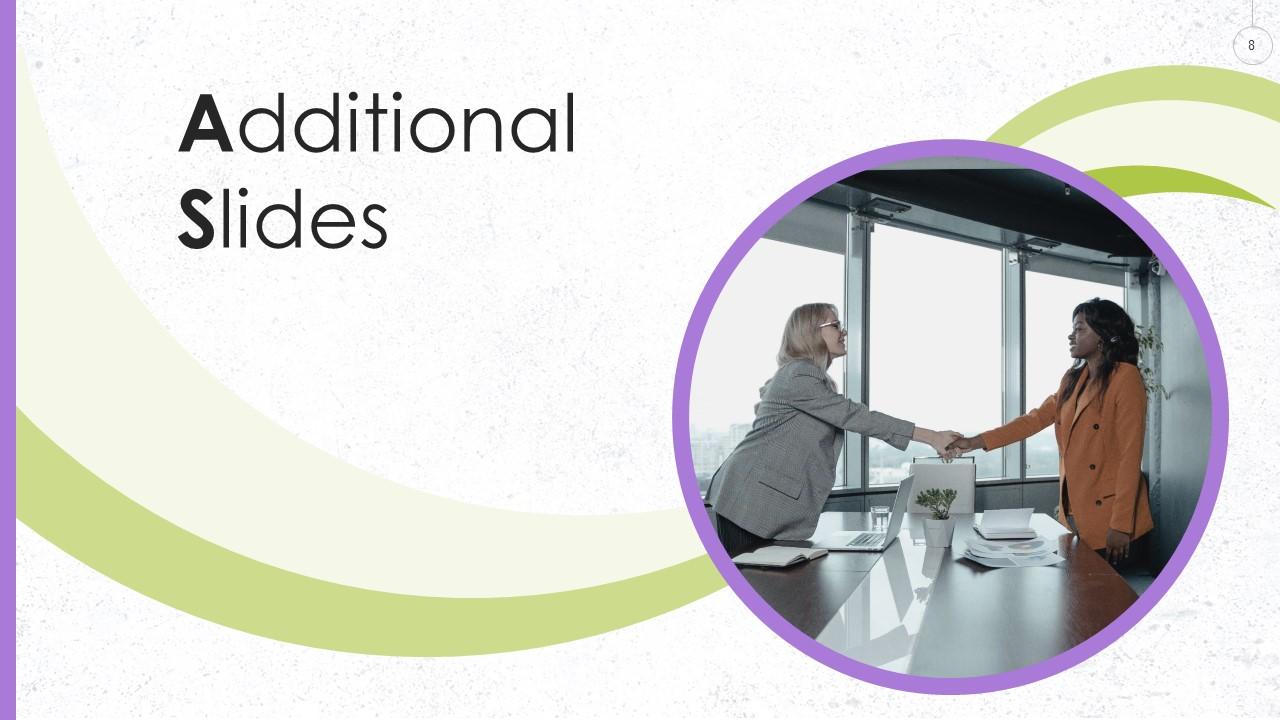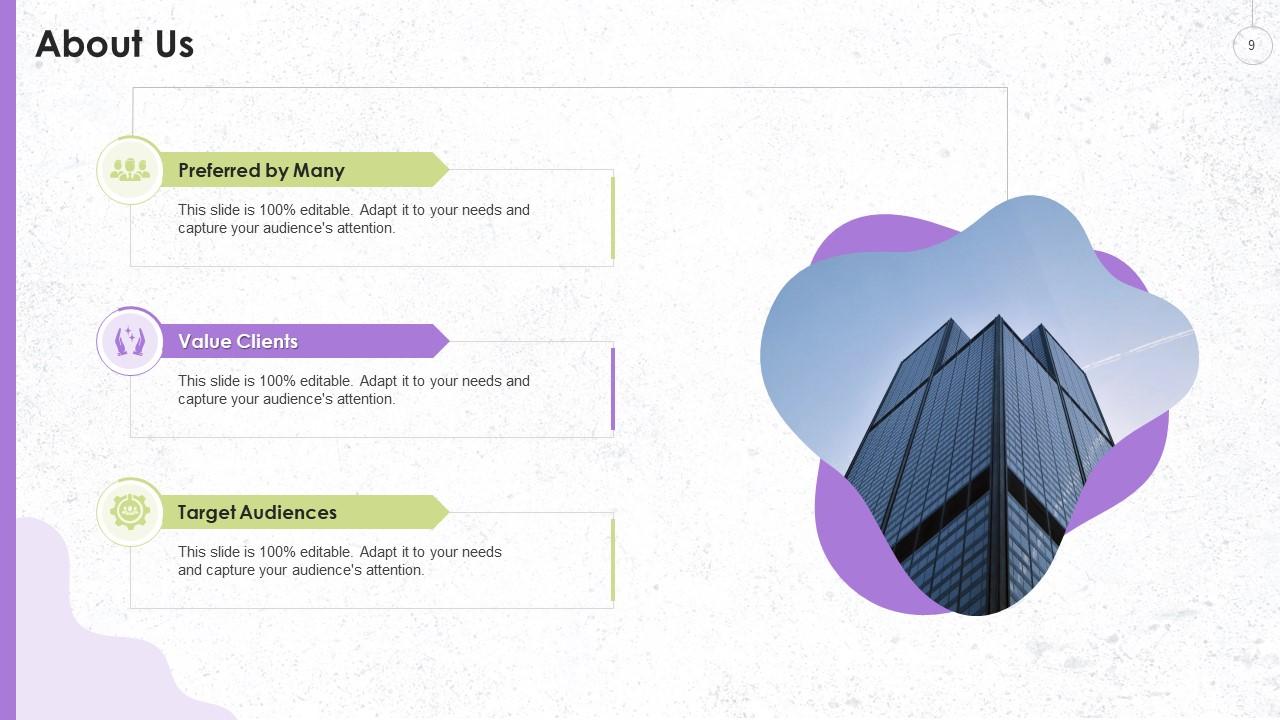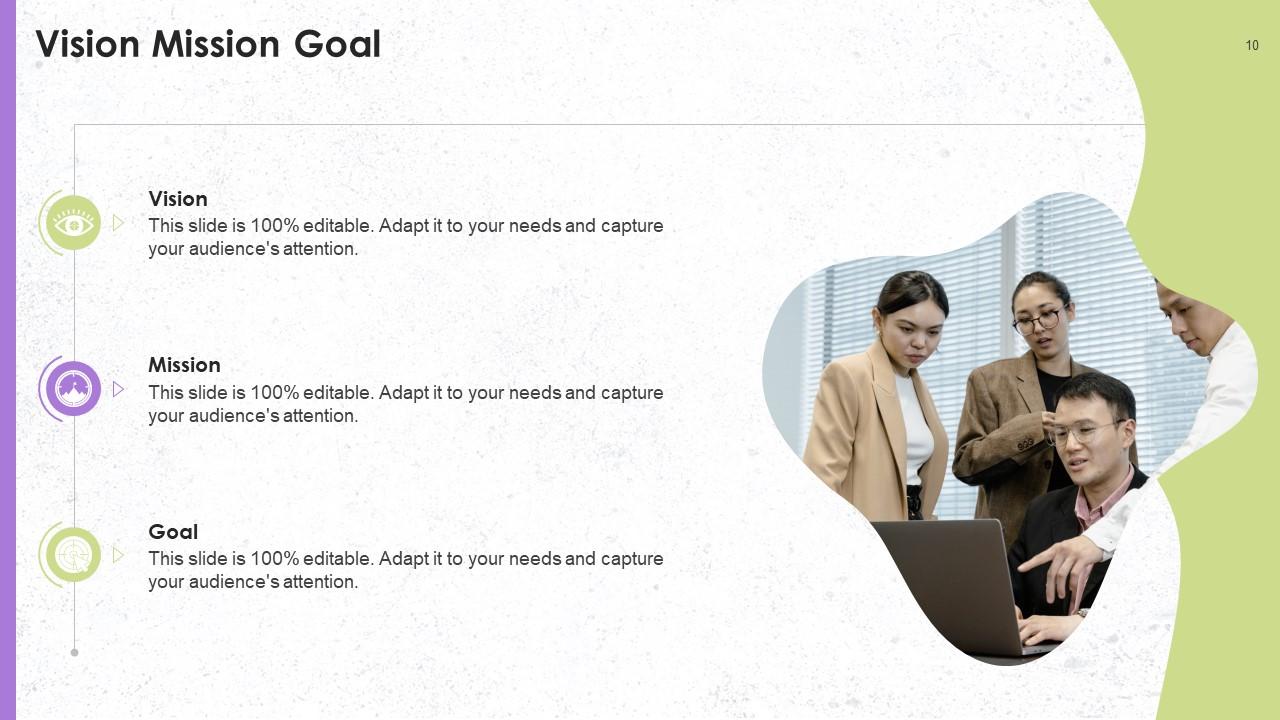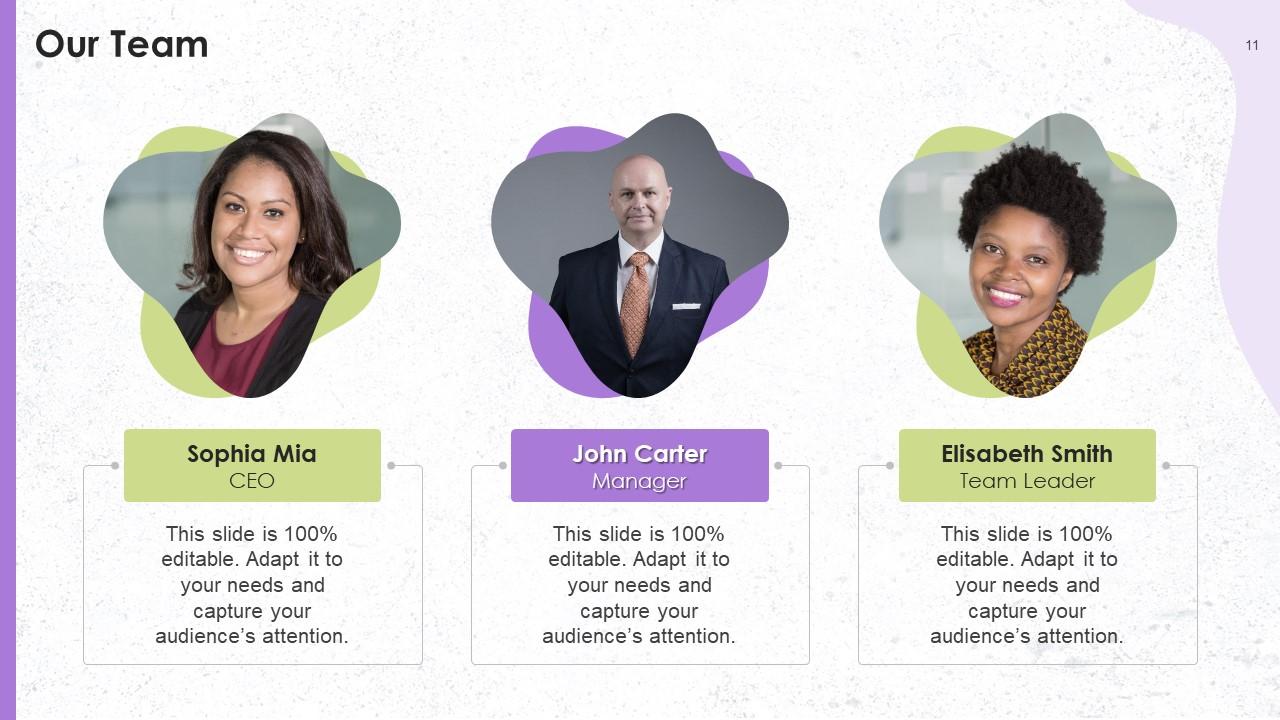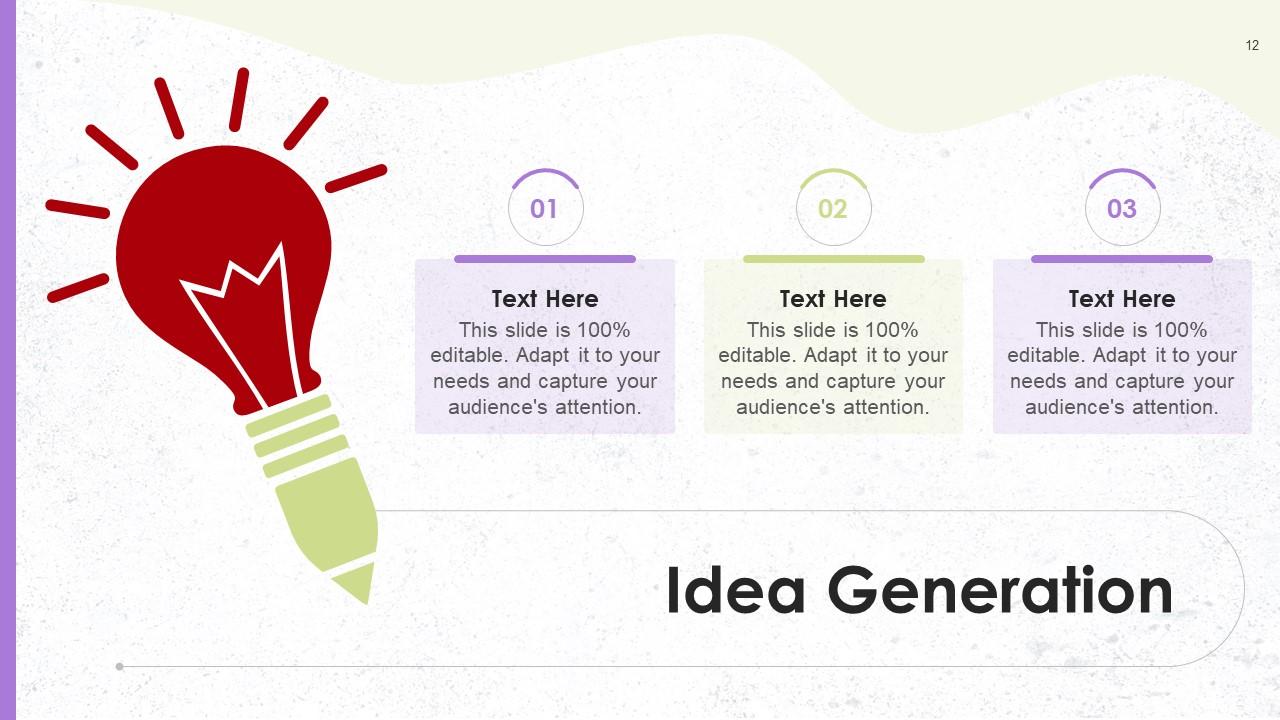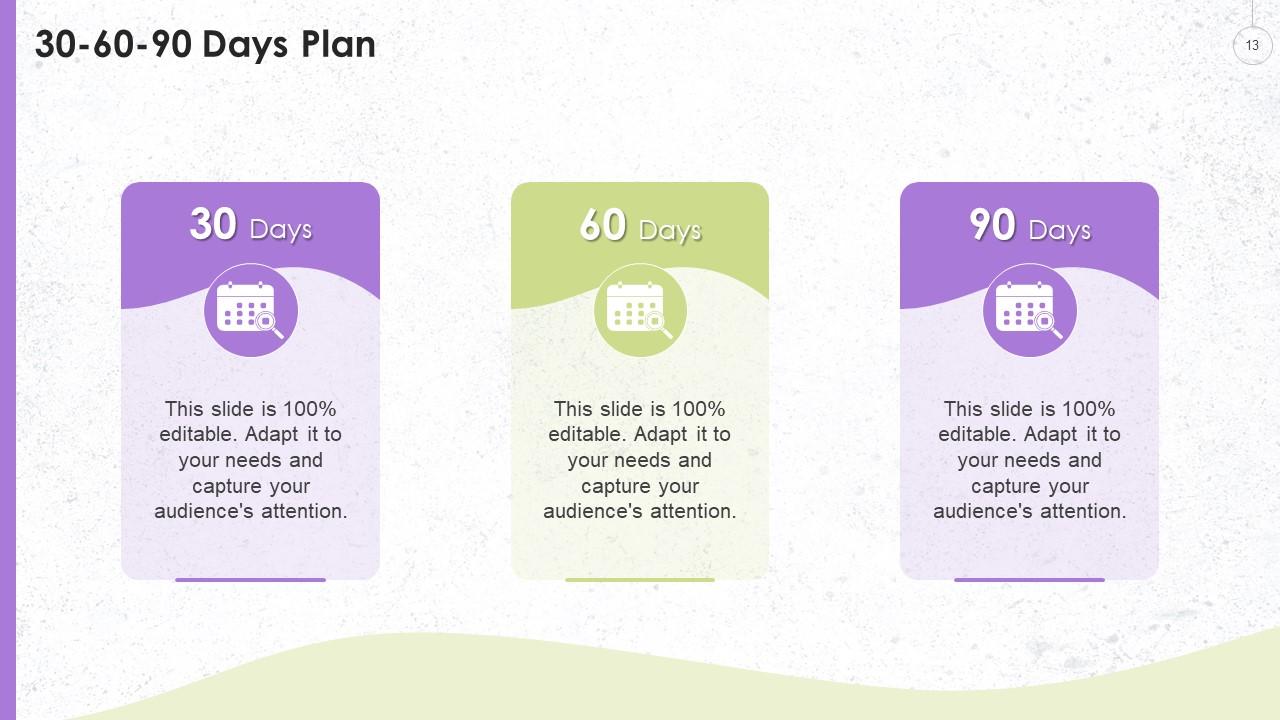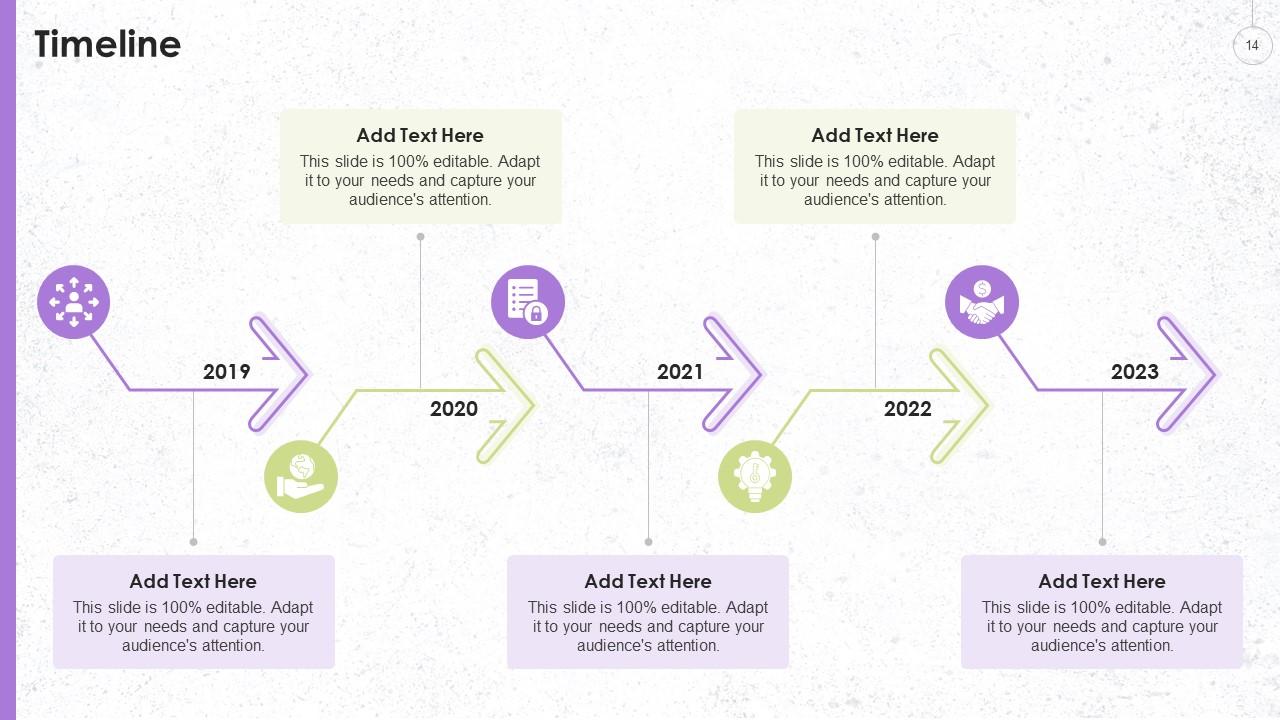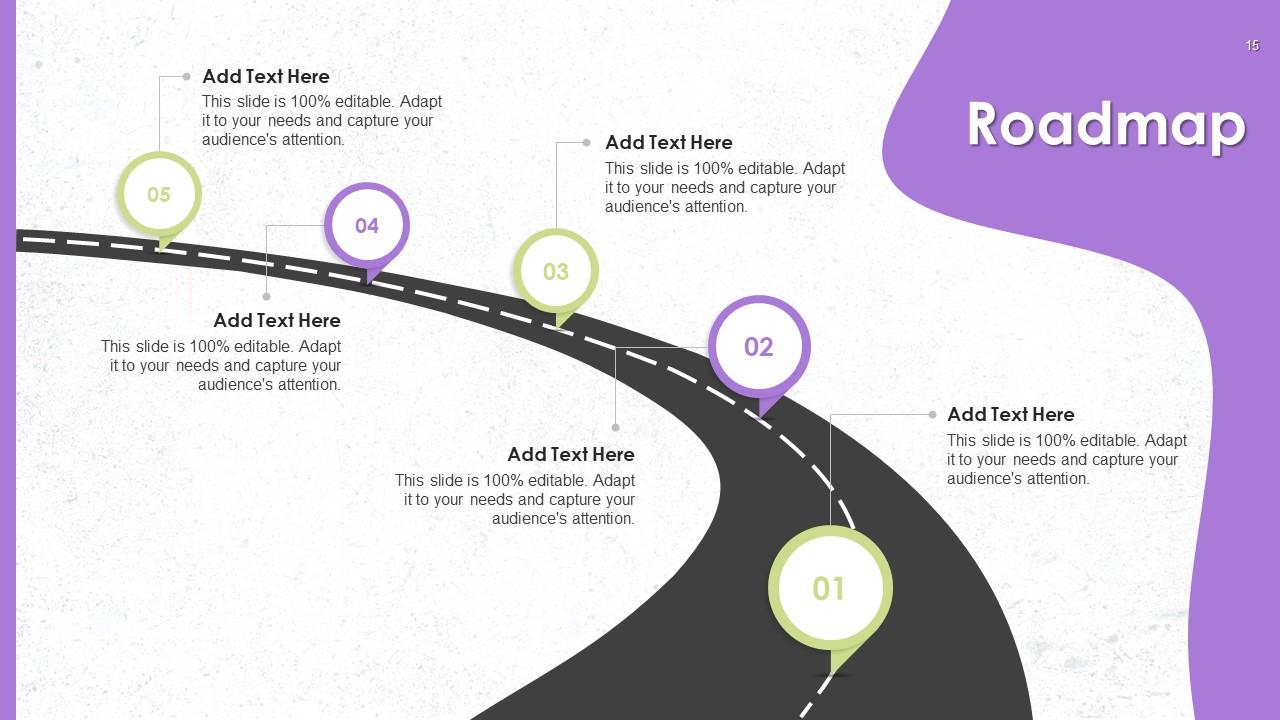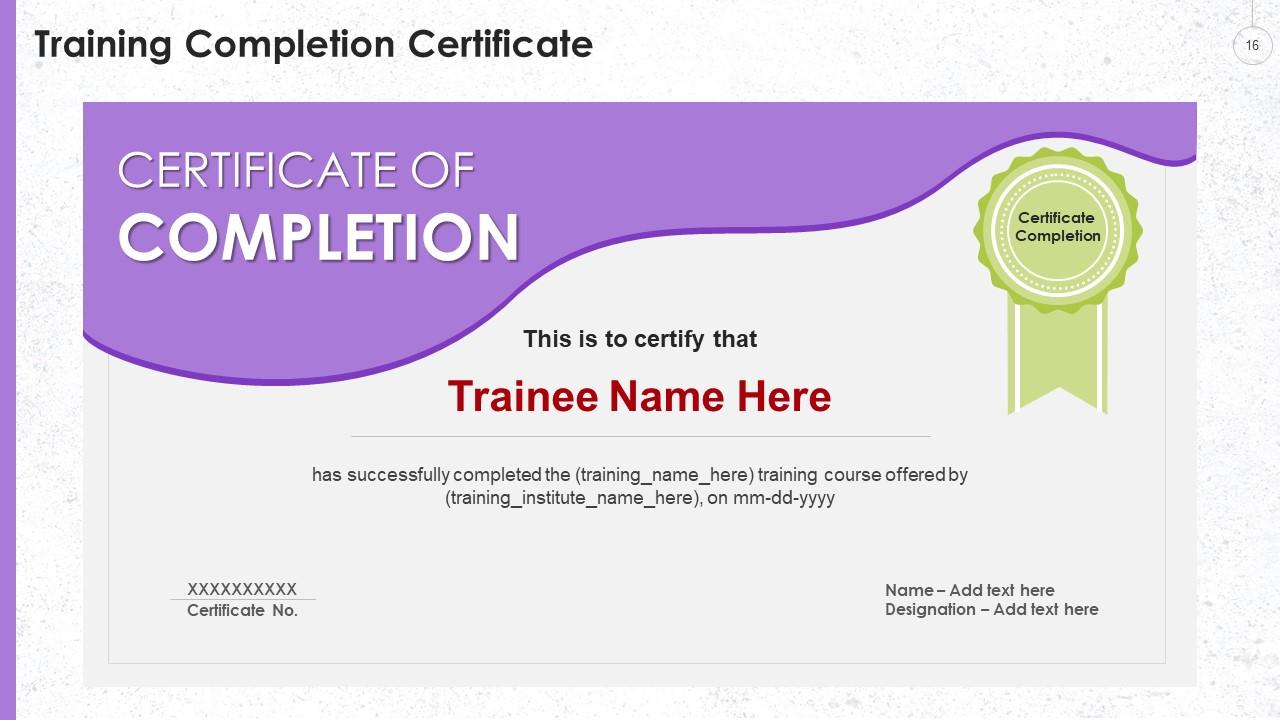Empathy Is Key To Resolve Conflicts Training Ppt
This set of slides provides information about techniques to become empathic to resolve workplace conflict by practicing active listening, asking questions, using conversation fillers, and body language that welcomes and encourages others to vent out. It includes an empathy mind map for a better understanding of employee behavior.
This set of slides provides information about techniques to become empathic to resolve workplace conflict by practicing act..
- Google Slides is a new FREE Presentation software from Google.
- All our content is 100% compatible with Google Slides.
- Just download our designs, and upload them to Google Slides and they will work automatically.
- Amaze your audience with SlideTeam and Google Slides.
-
Want Changes to This PPT Slide? Check out our Presentation Design Services
- WideScreen Aspect ratio is becoming a very popular format. When you download this product, the downloaded ZIP will contain this product in both standard and widescreen format.
-

- Some older products that we have may only be in standard format, but they can easily be converted to widescreen.
- To do this, please open the SlideTeam product in Powerpoint, and go to
- Design ( On the top bar) -> Page Setup -> and select "On-screen Show (16:9)” in the drop down for "Slides Sized for".
- The slide or theme will change to widescreen, and all graphics will adjust automatically. You can similarly convert our content to any other desired screen aspect ratio.
Compatible With Google Slides

Get This In WideScreen
You must be logged in to download this presentation.
PowerPoint presentation slides
Presenting Empathy is Key to Resolve Conflicts. These slides are 100 percent made in PowerPoint and are compatible with all screen types and monitors. They also support Google Slides. Premium Customer Support available. Suitable for use by managers, employees, and organizations. These slides are easily customizable. You can edit the color, text, icon, and font size to suit your requirements.
People who downloaded this PowerPoint presentation also viewed the following :
Content of this Powerpoint Presentation
Slide 1
This slide provides information regarding the definition of empathy. It also details habits/strategies that can help one become more empathetic towards others. These are offering trust, support, respected, shared experiences and responses that come from kindness and caring.
Slide 2
This slide highlights how empathy can be used to resolve workplace conflicts. The key is retaining objectivity no matter how difficult the conversation becomes; being non-judgmental in understanding the other's stated position or point of view.
Slide 3
This slide showcases the empathy mind map to understand employee behavior better to prevent workplace conflicts. The major sections of the empathy mind map are who are we empathizing with? What do they need to do? What do they think and feel?
Slide 4
This slide showcases the strategies to make conflict resolution talks more empathetic, such as practicing active listening, asking questions, using conversation fillers, and body language that welcomes and encourages others to vent out. Appropriate eye contact is an absolute must.
Slide 5
This slide highlights the major empathy blockers that one must be careful about such as domination, manipulation, disempowerment, and denial. When empathy blocker statements are used, it leads to conversation closure. These are a complete NO-NO during conflict resolution talks.
Instructor's Notes:
The major empathy blockers that limit conflict resolution conversations are:
Domination:
- Threatening: “Do it or else.”
- Ordering: “Don’t ask me why. Just do it because I said so.”
- Criticizing: “You don’t work hard enough.”
- Name-Calling: “You’re neurotic.”
Manipulation:
- Withholding Relevant Information: “If you knew the “big picture” you would see it differently.”
- Interrogating (Micro-managing): “How many hours did this take you?”
- Praising to Manipulate: “You are so good at report writing, I would like you to do this one.”
Disempowerment:
- Diagnosing Motives: “You are very possessive.”
- Untimely Advice: “Why didn’t you do it this way?”
- Changing the Topic: “Yes, it is a worry…by the way, did I tell you I applied for a new job?”
- Persuading with Logic: “There’s nothing to be upset about, and it’s all quite reasonable. We do this, and then we do that.”
- Topping: “I crashed the car last week,” and you follow with “When I smashed up my car.”
Denial:
- Refusing to Address the Issue: “There is nothing to discuss as I cannot see any problem.”
- Reassuring: “Don’t be nervous.”
When empathy blocker statements are used, it leads to conversation closure, so one must avoid them as much as possible during conflict resolution talks.
Empathy Is Key To Resolve Conflicts Training Ppt with all 21 slides:
Use our Empathy Is Key To Resolve Conflicts Training Ppt to effectively help you save your valuable time. They are readymade to fit into any presentation structure.
-
SlideTeam was so customer-centric and quick service-provider that I doubted the amount I was paying and literally re-checked the transaction.
-
Top Quality presentations that are easily editable.


